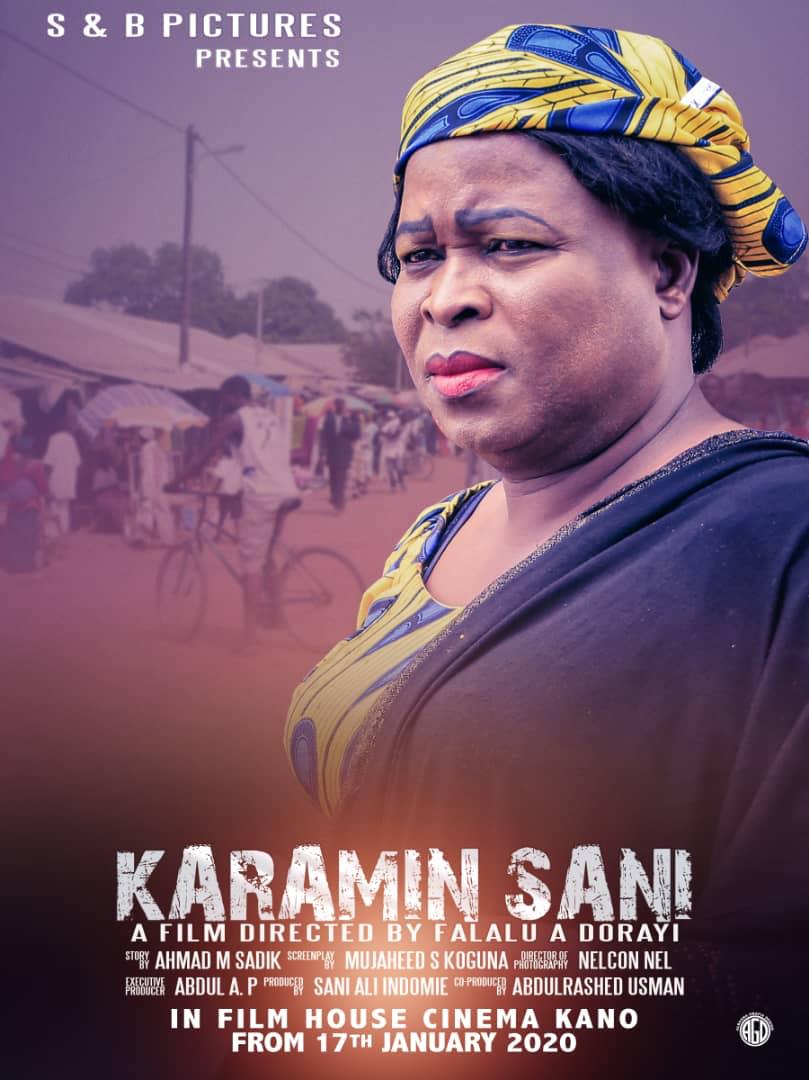Sadly, most present-day Hausa movies do not project the rich culture and tradition of the Hausa. Rather, in an attempt to flow with the tides of modernity, the Hausa culture is abandoned, and what we get at the end of the day is just Hindi-style entertainment in Hausa language, by Africans.
The current trend in the Hausa movie industry is a attempt to do a hit movie at all costs. So, they tend to look at other movies in other cultures (especially Hindi), and pick out the successful ones and emulate. I am not against the idea of getting ideas here and there, but simply against a copycat kind of policy.
It is my concern on the new dimension the Hausa movie industry has taken that deemed it necessary to write this paper to draw the attention of Kannywood Producers and directors to certain facts they should always consider while making a movie.
First, it is imperative to understand that what makes a work special is its originality. If, for instance, an Indian film is copied in its entirety into a Hausa movie, what is got at the end of the day is simply a translation of such movie in to a Hausa movie. A typical example is the latest film starred by Adam Zango, titled ‘ Gwaska’. ‘ Gwaska’ is a verbatim translation of the Indian movie, ‘Dhoom’. To the best of the ability of the producer, that film was copied completely, the only difference is of course the setting: Dhoom was set in India while Gwaska was set in Nigeria.
Even though the medium of communication in the movie is Hausa language, there is nothing Hausa about the movie, except the mode of dressing of some of the characters, minus the major character, who tried as closely as possible, to dress like the star of Dhoom: Hrithik Roshan. Even the club-setting song, the dance, the tune and dressing has nothing Hausa about them. Let us not forget that even the Indian movies that the Hausa movie industry so much rely on for ideas tend to look up to the Hollywood movie industry for ideas here and there, but not in the “hook, line and sinker manner” of Hausa movies.
There is nothing wrong in doing an adaptation of any movie. But the problem is that what is seen is not adaptation, but translation, copying.
When a work is adapted, the setting, character, culture, etc changes. What is usually retained is the storyline, the
theme. A good classical example of adaptation (of a play) is Ola Rotimi’s ‘The Gods Are Not to Blame’, adapted
from the classical Greek Oedipus Rex. In Rotimi’s text, there is nothing Greek. Everything revolves around the
Yoruba culture.
Read Also:
My initial conception of Hausa movies is a platform that is created to promote the Hausa culture and tradition to the world, as well as entertain and enlighten its primary target audience: the Hausas. If we take a look at an Ibo movie acted in the Ibo language and compare it to a Hausa movie, the rich culture of the Ibo depicted in Ibo films is clearly seen: from the dressing, to the physical setting, the
actions, beliefs, etc.
Second, a film producer must always ask himself/herself these questions:
what do I hope to achieve by this movie?
Is it just to make my money or just to make a name? Do I want to have a positive life-changing impact on my target audience or otherwise?
Mostly, the concentration of attention is just to make a movie that is very entertaining, irrespective of its eventual
impact on its target audience, especially an audience like the North, where there are still a large number of women
(especially) who do not have formal education and are not exposed to the realities of the world.
To most of such women, these Hausa films are their major companions, along with the Hausa novels, for those who can read Hausa. These films also serve as the mirror through which they see the ‘realities of the world’, through which they learn.
Some few years ago, a movie was released in the Hausa movie industry, Dakin Amarya, which centered around two co-wives who fought and injured each other all through the film. It was a movie that really made a name because
it was really very entertaining. But the only problem of that film was that it gave some shallow-minded women ideas.
A woman in Gombe went as far as causing irreparable physical injury to her co-wife, after watching Dakin
Amarya.
If only the producer had employed a strong law of retribution in the movie that portrays a severe damaging punishment or repercussion of such behavior in the movie, the equation would have been balanced and it would not have been an inspiration for evil doing but would have been a deterrent of sorts.
There are good movies in the industry that are very entertaining and didactic as well. One of my favourites is the Late Rabilu Musa Ibro’s ‘Karangiya’, in which, even though the lead character is portrayed as one who likes women a lot and marries and divorces at will, the repercussion of such action is seen when he got infected with the deadly HIV virus as a result of his promiscuity.
Such movies have very positive impact on society, and we need more of them; not a Hindi movie translation! Also, there is the need to understand that modernity is not just achieved by abandoning the old and inculcating the new. A little blend of both will be magical. There are contemporary social realist issues in our society today that need urgent attention, which, with a good script, can be converted to a blockbuster movie that will go a long way in eradicating some of such problems, or at least, creating awareness over them.



























